
Best Time to Visit the Arctic: Month by Month Travel Guide
Travelling to the Arctic has no doubt been on your travel wish list for some time – there are so
An aurora is a natural light display that can appear as brilliant green, yellow, red, blue and purple light patterns, spirals or dynamic flickers covering the night sky.
The Aurora Borealis originates on the sun’s surface with a massive explosion of electromagnetic matter, which projects a stream of charged particles known as solar wind into space. When these particles approach Earth a few nights later, they distort our magnetic field. The excited, ionised atoms that enter our atmosphere through the poles emit light which, when emitted on a large scale, causes the phenomenon of the Southern and Northern Lights.
There is no best place to witness an aurora which, in our opinion, only adds to the mystery and appeal surrounding them. It is most frequently visible in high-latitude regions in the Arctic and Antarctica, but most accessible between 10° and 20° of the North Pole in a band called the ‘auroral zone’. It’s important to understand that this oval-shaped halo can shift slightly, and there are many factors at play that affect how bright the lights appear or if it’s possible to see them at all.
To increase your chances of seeing the Northern Lights, be prepared to venture into the heart of the Arctic, to destinations such as Greenland, Iceland, Northern Canada and Northern Norway. While aurora activity happens year-round, the best time to witness the Northern Lights is during the long winter months, when the windows for viewing them each night are longer.
Home > Destinations > Northern Lights Cruises & Expeditions
In true expedition style, we encourage exploration and adventure on our Northern Lights tours. Aurora Expeditions’ Northern Lights cruises offer flexibility in challenging environments in a way that puts you amongst the action to see and do as much as possible. Our Northern Lights adventures will take you across the seas, seeking out the Northern Lights in multiple countries and landscapes. To increase your chances of seeing the lights we move to different locations around the Arctic Circle, ensuring all bases are covered.
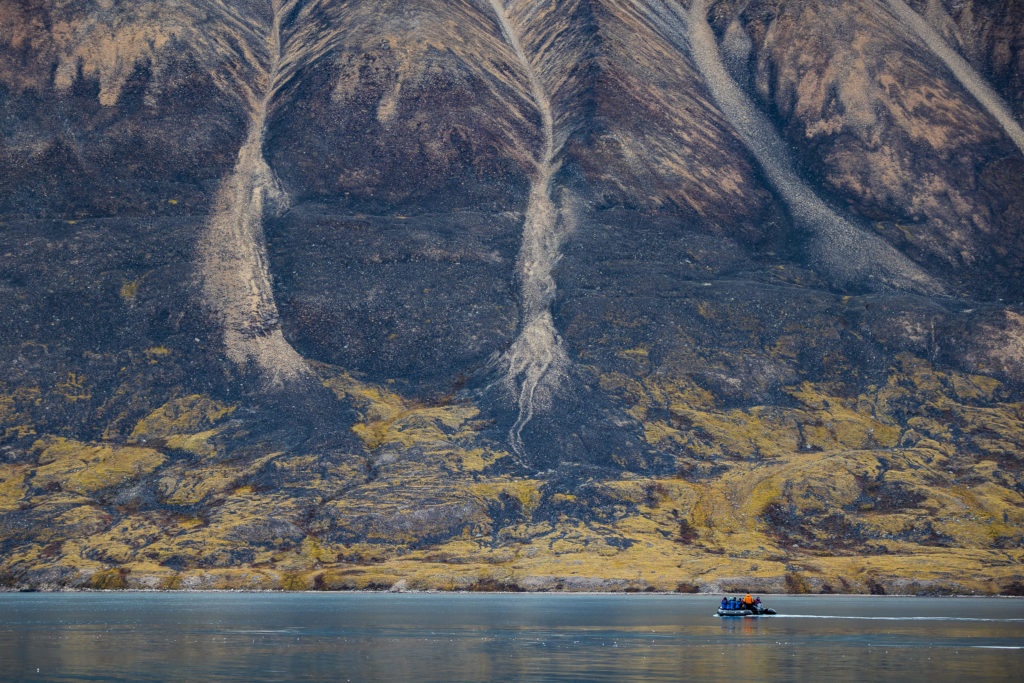
First, what is this strange natural phenomenon? An aurora is a natural light display that can appear as brilliant green, yellow, red, blue and purple light patterns, spirals or dynamic flickers covering the night sky. The aurora borealis originates on the sun’s surface with a massive explosion of electromagnetic matter, which projects a stream of charged particles known as solar wind into space. When these particles approach Earth a few nights later, they distort our magnetic field. The excited, ionised atoms that enter our atmosphere through the poles emit light which, when emitted on a large scale, causes the phenomenon of the Southern and Northern Lights. Northern Lights experiences are best with a dark sky as the aurora is not strong enough to outshine the sunlight.
There is no best place to witness an aurora which, in our opinion, only adds to the mystery and appeal surrounding them. This is why Aurora Expeditions’ Northern Lights tours don’t focus on one spot or location. The Northern Lights are most frequently visible in high-latitude regions in the Arctic, but most accessible between 10° and 20° of the North Pole in a band called the ‘auroral zone’. It’s important to understand that this oval-shaped halo can shift slightly, and there are many factors at play, like weather conditions and clear nights, that affect how bright the lights appear or if it’s possible to see them at all so our Northern Lights tour reflects this.
While aurora borealis activity happens year-round, the best time for a Northern Lights adventure is during the long winter months, when the windows for viewing them each night are longer and the skies darker. The season in the Northern Hemisphere is generally from September through April.
Our Northern Lights cruise sticks to the aurora zone in the Arctic Circle, but seeing the lights dance is only one part of your Northern Lights adventure. Exploring the polar regions provides you with opportunities like no other.
By night you will seek out the Northern Lights, but by day we will try to get you off the ship 2-3 times per day (depending on the weather and conditions) so you can get the most out of your time in the Arctic. Walking and bird-watching are popular activities as they offer a chance to witness the unique wildlife in the destinations you visit.
Take a polar plunge in the icy waters of the Arctic Circle, or stay above the water on a Zodiac cruise through the fields of icebergs. Zodiac cruises allow you to get closer to some of the wildlife and landscapes you’ll see throughout your Northern Lights tour. If you have the necessary experience you should also consider adding sea kayaking to your Northern Lights itinerary.
Enrichment is an important component of our expeditions – we hope that you will leave changed and become lifelong ambassadors for the natural world and the wild, important destinations we visit. Your world-class Expedition Team will be on hand to answer your questions about the aurora borealis and how it comes to appear in the night sky, Arctic wildlife, geological formations and the history of the places we visit.
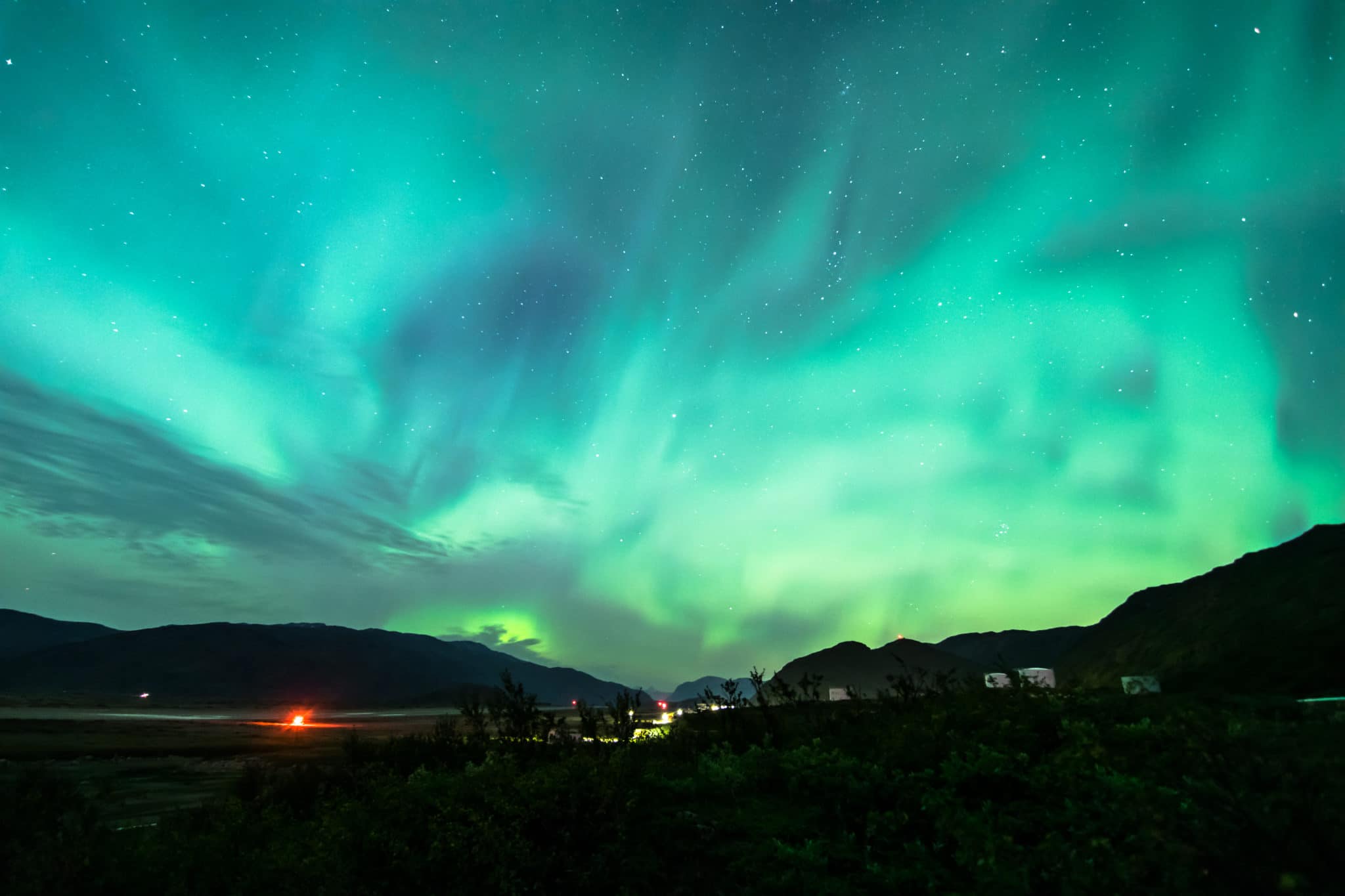
While Greenland is one of the best countries in the world for witnessing the Northern Lights, getting there can be challenging and often what holds people back. The good news is that, once you’re there, you can see the Northern Lights from almost anywhere in the country – even in the heart of its capital city, Nuuk! This is because Greenland’s population is tiny and scattered across small, remote communities, so it has minimal light pollution. Not many Northern Lights tours go to Greenland but Aurora Expeditions Northern Lights cruises explore using a small expedition ship which makes it easy to visit the prime locations in Greenland to see the Northern Lights.
Some other superb options for aurora viewing in Greenland are Kangerlussuaq, Sisimiut, Ilulissat, Kulusuk and Tasiilaq.
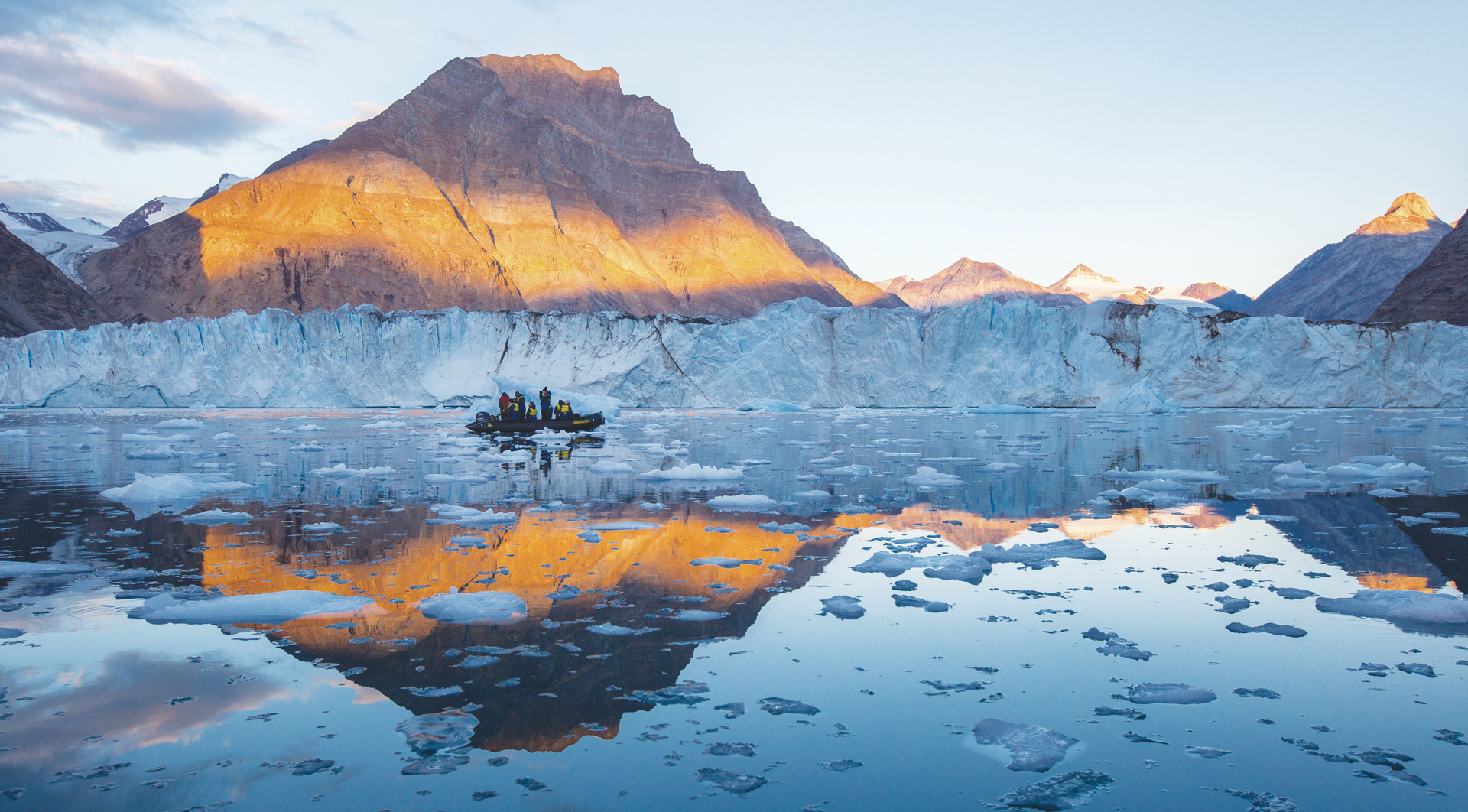
Every year, millions of tourists flock to the Arctic for a chance to witness the phenomenon of the Northern Lights. However, few venture to the Norwegian archipelago of Svalbard, located between the Norwegian mainland and the North Pole, which offers exceptional conditions to see the Northern Lights, not to mention dramatic fjords, rugged mountain ranges and a huge variety of unique wildlife, including majestic polar bears.
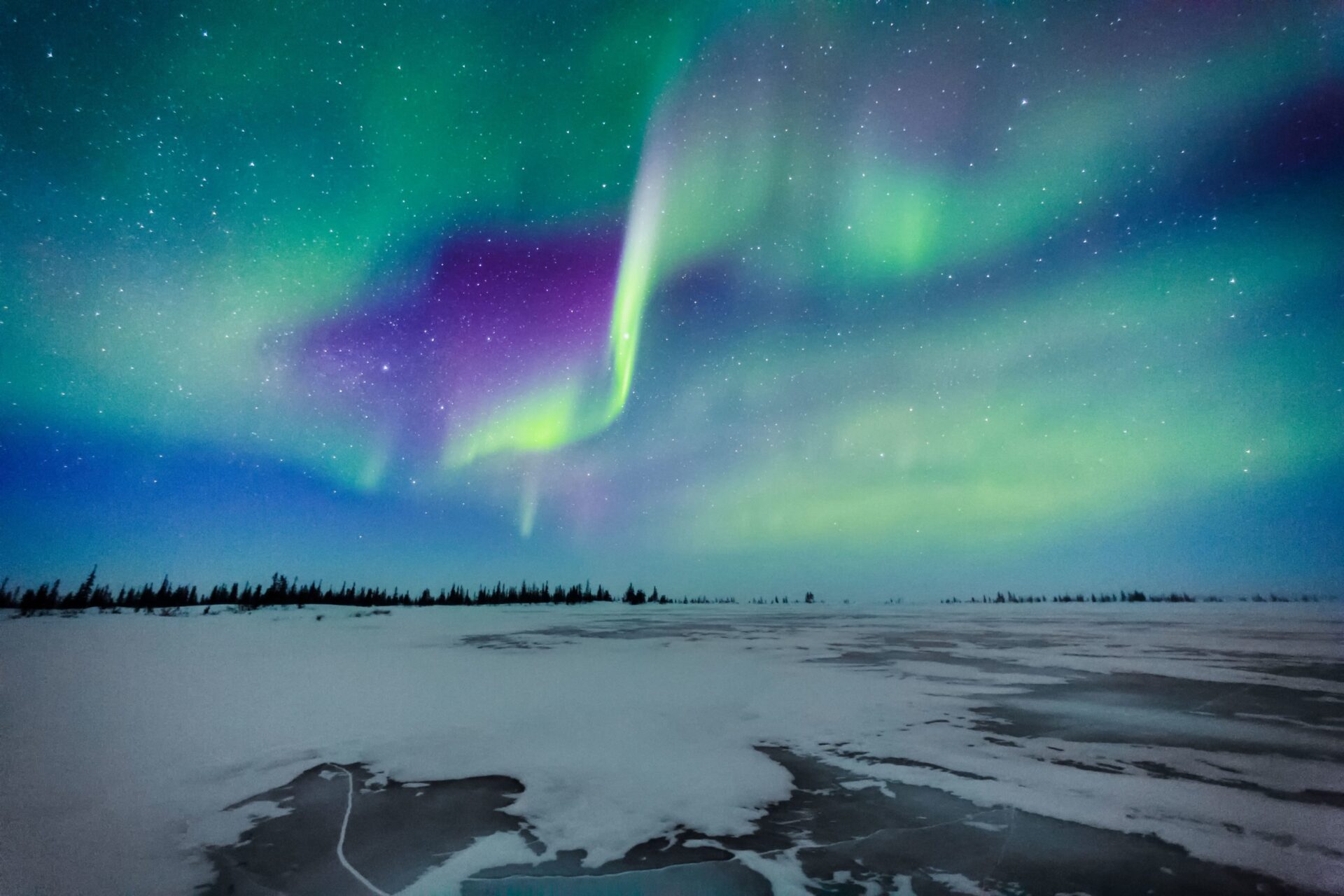
Northern Canada is the best place to see the Northern Lights in Canada, in remote places with minimal light pollution. Nunavut in the heart of Canada’s High Arctic is a prime aurora borealis viewing country, with its close proximity to the North Pole and vast expanses of tundra. Consider visiting a remote traditional Inuit community for an unparalleled night of dazzling aurora displays.
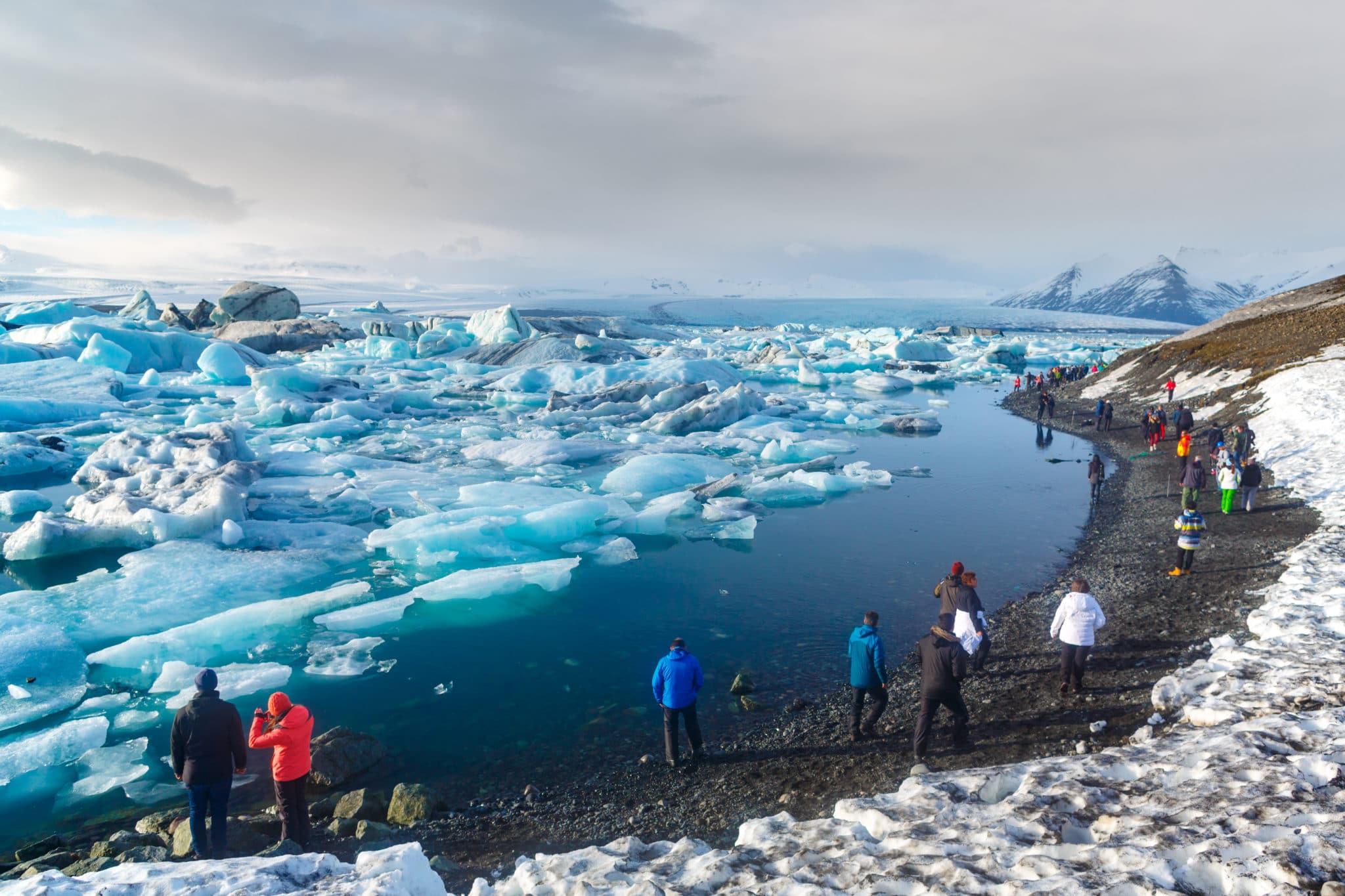
Aside from volcanoes, glaciers and geysers, one of the main reasons people have Iceland on their travel bucket list is because they dream of seeing the Northern Lights on display. Iceland is a sparsely populated country, so you don’t have to go far to get away from light pollution.
With longer hours with dark skies and clear night skies, the Westfjords and North Iceland are the best regions to head to if you want to catch a glimpse of the Northern Lights. There are many fantastic remote locations in South Iceland where you can witness the aurora, including the popular Jökulsárlón Glacier Lagoon. The Seltjarnarnes peninsula is a prime viewing area as there is minimal light pollution. There are also plenty of places near Reykjavík you can head to if you’re short on time, including Thingvellir National Park.
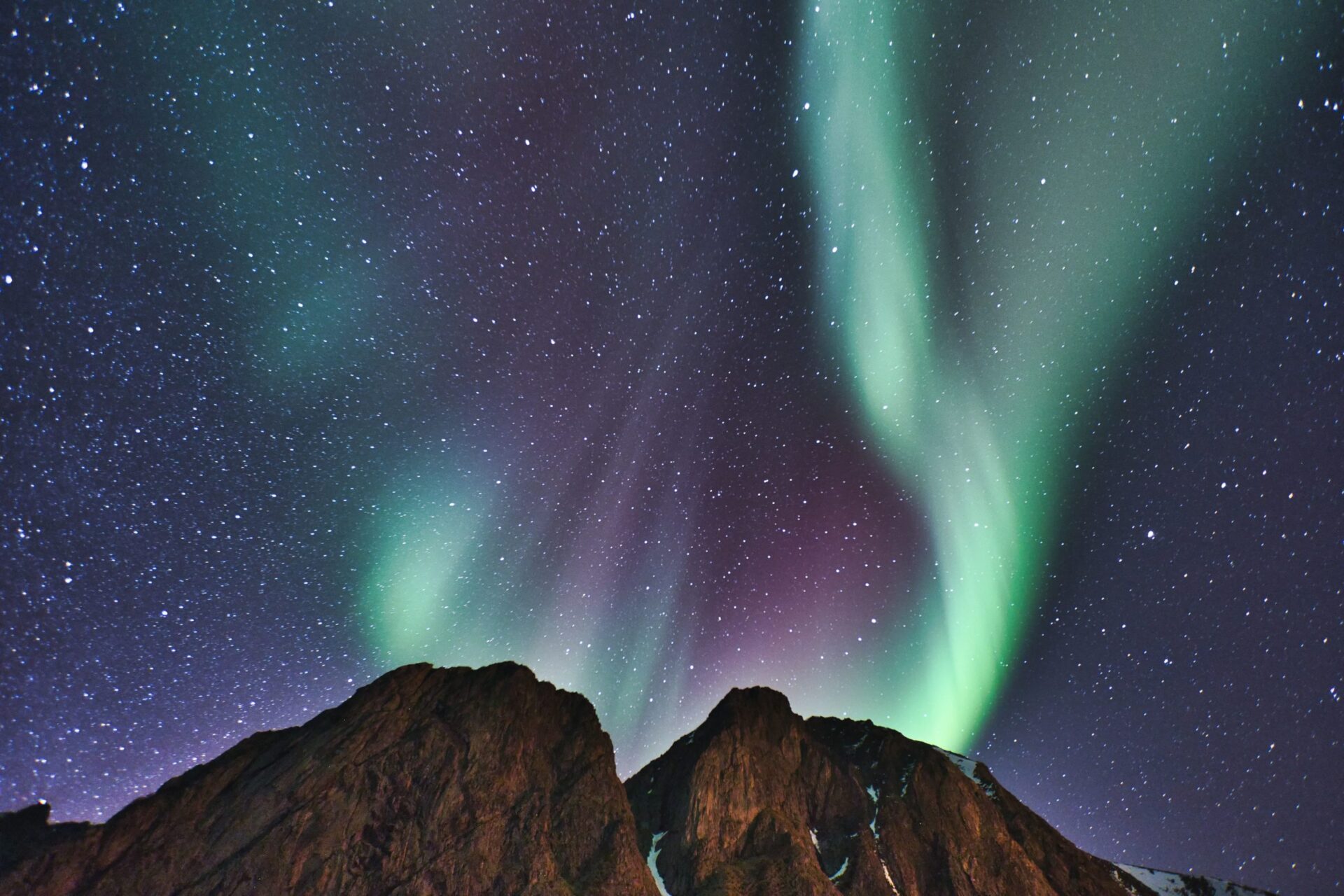
Norway is often the first country that comes to mind when people think of the Northern Lights. The Northern Lights are a prominent feature of the night sky throughout the country and have even influenced folklore and indigenous culture. Because Norway is so long, the seasons change at different times, with summer lasting longer in the south and winter lasting longer in the north. As a rule of thumb, the further north you go, the longer your window is for seeing them.
The ‘auroral zone’ starts in Northern Norway just above the Lofoten Islands and extends up the coast to the North Cape (Nordkapp) and beyond. You will observe the same light display from anywhere in this region, but from a different angle. Some of our favourite places in Northern Norway to witness the Northern Lights include Tromsø, Kirkenes, the Lofoten Islands, Bodø and the North Cape.
See The Northern Lights with Aurora Expeditions and our Expedition Team will take you on excursions unique to the High Arctic, fully included in the cost of your expedition. For those interested in a little extra excitement, there are optional activities designed to get you closer to the action. Our Northern Lights expeditions provide a mix of comfort and adventure; for those willing to explore the Arctic the memories will last a lifetime.
Bird Watching
Photography
Polar plunge
Trips ashore
Walking
Whale and mammal spotting
Zodiac cruises
Lecture on wildlife, our environment, history and destinations
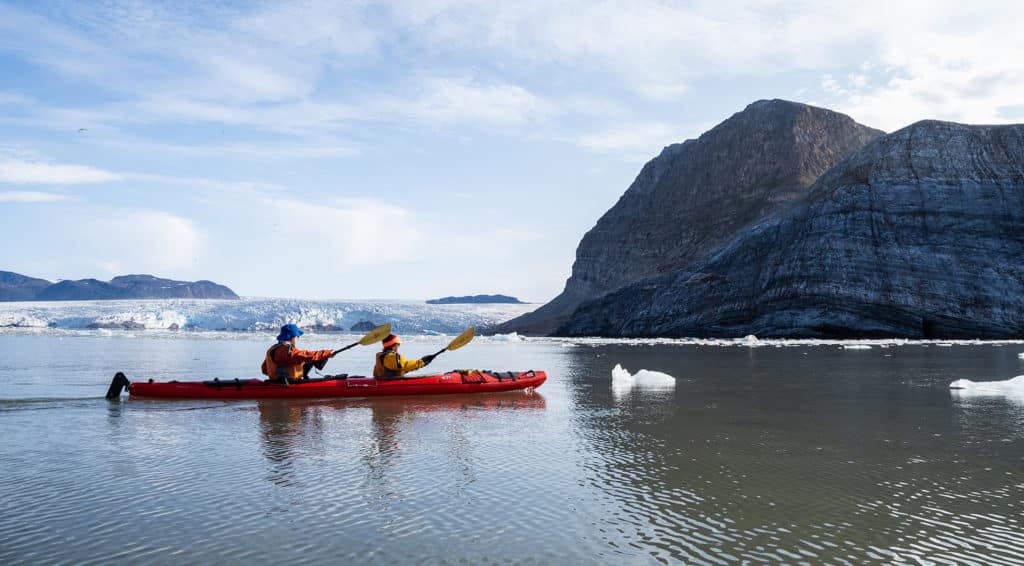
Sea Kayaking is one of the most exhilarating ways to experience Antarctica, the Arctic and beyond. Sea kayaking holidays in the humbling…
*Optional add-on activities are available on select voyages. They are listed on each itinerary page and additional fees apply.
Northern Lights cruises and expeditions with Aurora Expeditions offer a unique and enchanting experience, providing travellers with the opportunity to witness the mesmerizing natural phenomenon known as the Northern Lights or Aurora Borealis. These expeditions take place in regions near the Arctic Circle, such as Norway or Iceland, where the Northern Lights are frequently visible. Our cruises are strategically timed to coincide with periods of high auroral activity. Passengers will embark on comfortable expedition vessels, equipped with expert guides, to explore remote and dark-sky locations. This extraordinary adventure combines celestial spectacle with Arctic landscapes, creating an unforgettable and magical journey.
Yes, you can witness the Northern Lights from a cruise ship during dedicated Northern Lights cruises with Aurora Expeditions. These cruises navigate to prime viewing locations near the Arctic Circle, offering passengers a unique vantage point to experience the dazzling spectacle of the Aurora Borealis. The expedition vessels are strategically positioned in areas with minimal light pollution, maximizing the chances of observing the vibrant colours and dancing lights of the Northern Lights against the Arctic night sky. Passengers will enjoy the magical display from the comfort of the ship, creating a truly extraordinary and unforgettable experience.
Popular regions for Northern Lights cruises and expeditions with Aurora Expeditions include Arctic destinations like Norway, Iceland and the Canadian Arctic. These Arctic regions, located near the magnetic poles, offer optimal conditions for observing the Northern Lights. Aurora Expeditions carefully plans itineraries to position their vessels in prime locations, away from light pollution, providing passengers with the best chances of witnessing the spectacular light display.
The optimal time to witness the Northern Lights during Aurora Expeditions’ cruises and expeditions is typically during the winter months when the polar night prevails. This period, from late September to early April, offers extended darkness and clearer skies, enhancing the visibility of the Aurora Borealis. The absence of sunlight allows passengers to fully immerse themselves in the captivating light displays against the Arctic or sub-Arctic landscapes. Aurora Expeditions carefully schedules these voyages to coincide with peak Northern Lights activity, ensuring passengers have the best chances of experiencing this celestial spectacle in its full splendour.
Northern Lights cruises and expeditions with Aurora Expeditions offer a range of captivating activities. Passengers can enjoy nightly Aurora photography sessions, guided by expert photographers, to capture the ethereal displays. Onboard, expect to learn all about our surroundings from our expert expedition team. Additionally, cultural interactions with local communities will enhance your Arctic experience. The vessels are equipped with observation decks, ensuring optimal Northern Lights viewing. To unwind, onboard amenities include wellness facilities, dining featuring local cuisine and presentations from naturalists. These diverse activities create a holistic and enriching journey for travellers seeking the magic of the Northern Lights.
We use all of our expertise when it comes to maximizing your chances of witnessing the Northern Lights during a cruise, such as creating an itinerary that navigates to prime Aurora viewing locations like Norway, Iceland and the Canadian Arctic, and opting for departures during the Northern Lights season, typically from late September to early April, when the polar night skies are darkest. We also have expert-led programs within the expedition, such as lectures or photography sessions, to enhance your understanding and capturing capabilities.
Yes, Aurora Expeditions’ Northern Lights cruises and expeditions are designed to accommodate participants of all ages and experience levels. The itineraries are crafted to provide a comfortable and enriching experience, whether you are a seasoned traveller or exploring the polar regions for the first time. Expedition staff and guides offer support and guidance, ensuring a safe and enjoyable journey for everyone. Activities and excursions cater to various interests, allowing participants to customize their experience. From informative lectures to adventurous shore landings, there’s something for everyone, making these expeditions inclusive and suitable for individuals, families and groups with diverse backgrounds and preferences.

Travelling to the Arctic has no doubt been on your travel wish list for some time – there are so
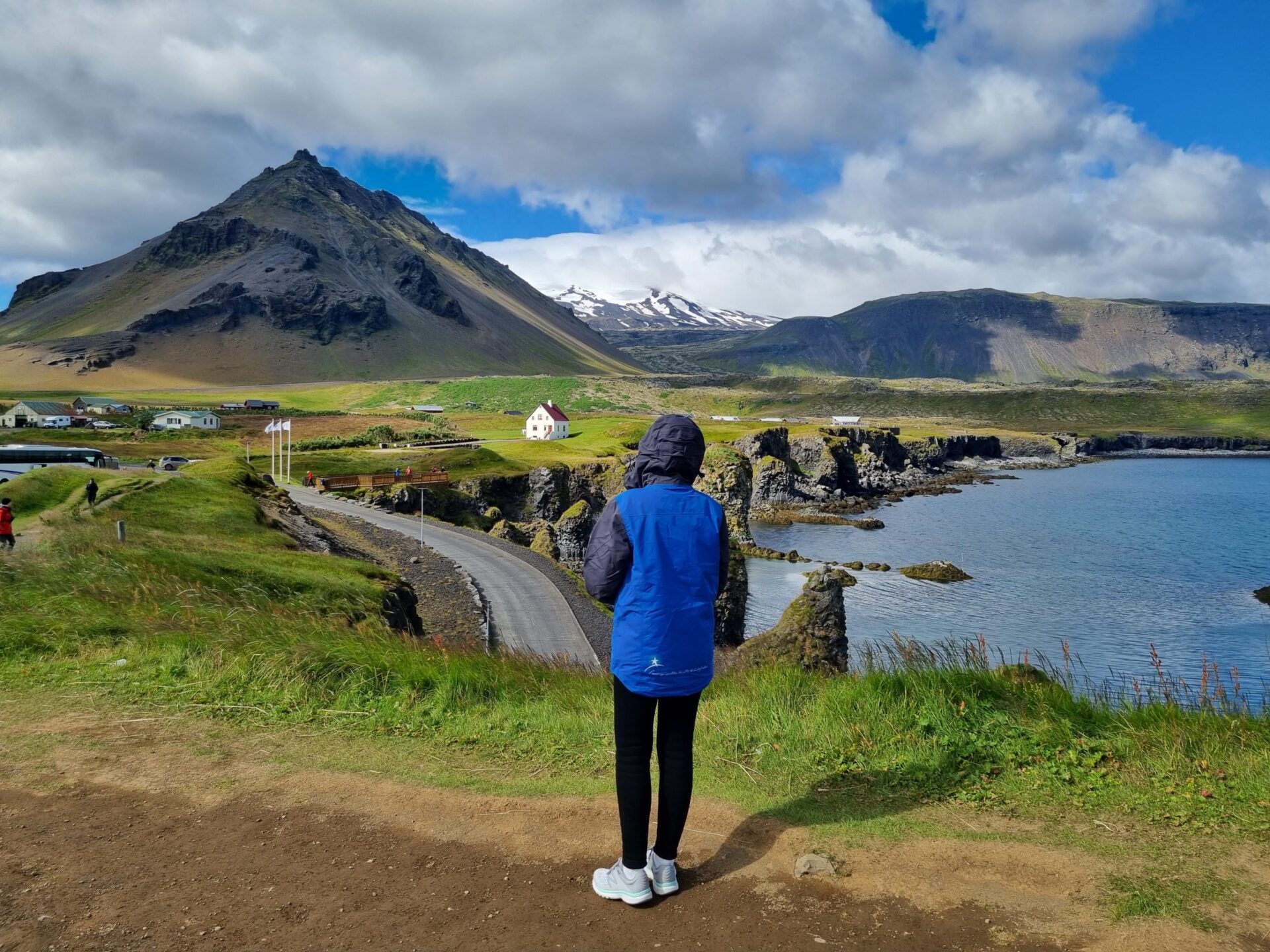
Iceland, with its otherworldly landscapes and captivating beauty, has always been a dream destination for adventurers seeking unique and unforgettable
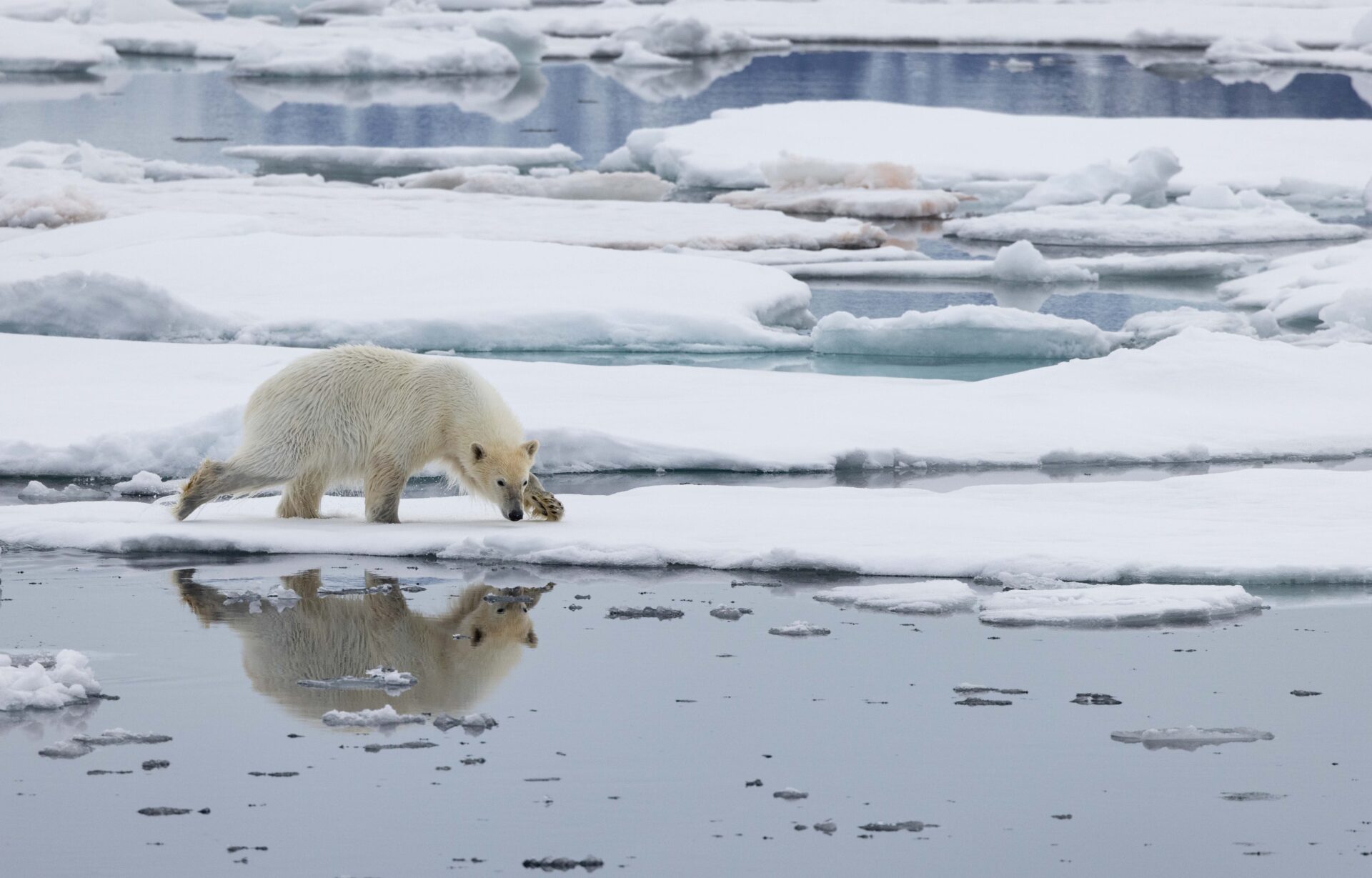
You’ve heard that the Norwegian archipelago of Svalbard is one of the coolest places on Earth (literally), and you’re probably
